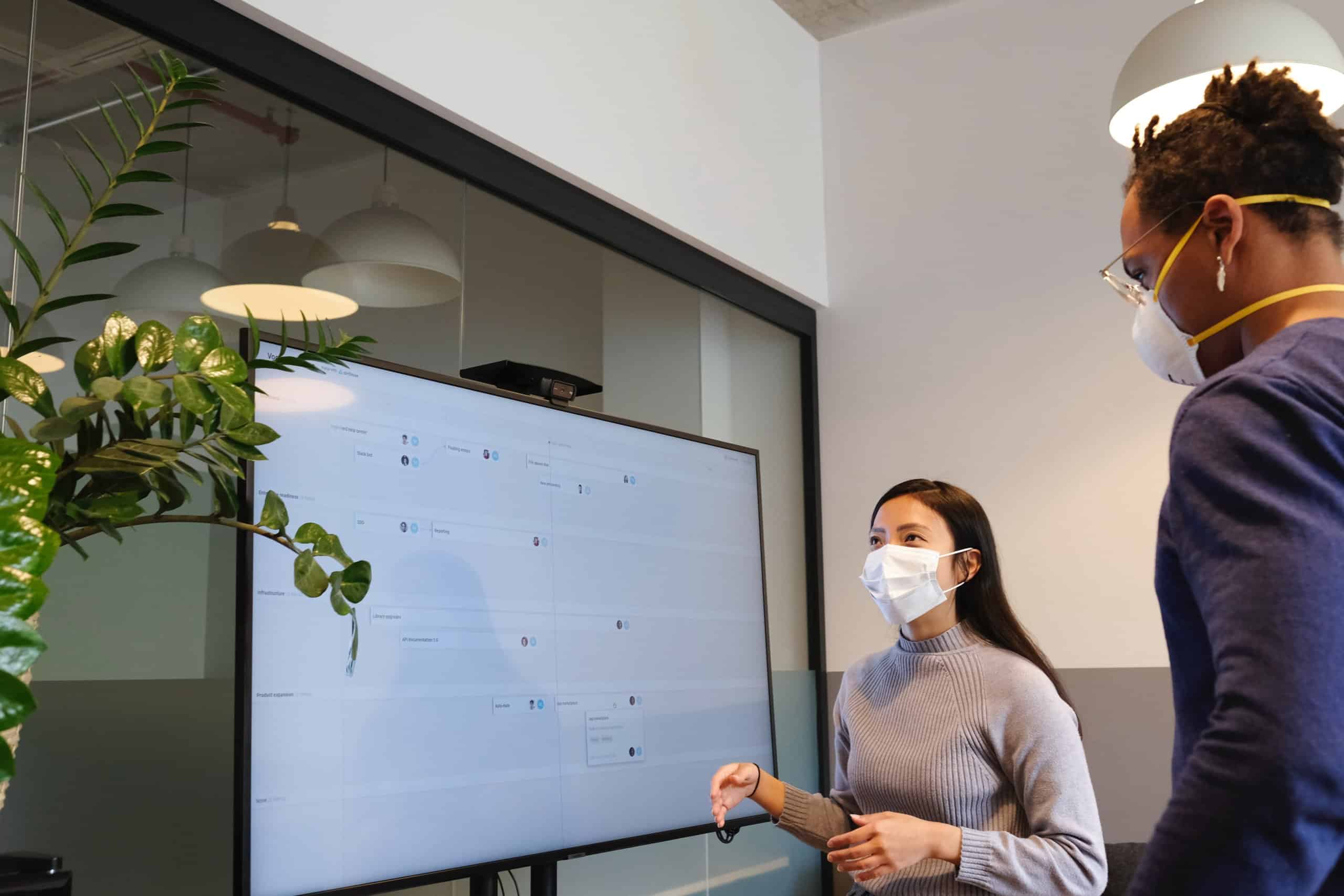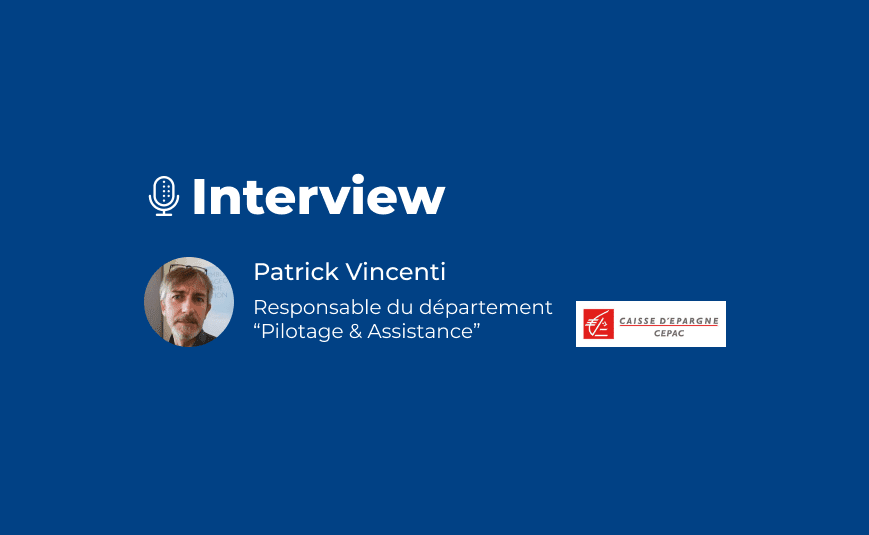Obeya for project management
What is Obeya ?
Obeya means “large room” in Japanese and is a practice of visual management derived from lean. This room is a place of collaboration where information is displayed and managed by short and regular meetings. It’s a simple and effective tool to meet performance challenges.
Obeya empowers participants, transforms management, boosts member collaboration and creates team spirit.
Project management with classic use of Obeya
Obeya is implemented for the monitoring and management of projects. Boards display relevant information based on context and challenges. Be it short-term planning or actions, Obeya serves as a management tool.
For there to be real interest, project team must organize weekly or daily meetings if needed and work on continuous improvement with quick solutions to put in place. These must respond to any delays or problems.
The goal is to find solutions by collaborating to learn how to work and act together.
The virtual Obeya: a response to the limits of classic Obeya
The so-called physical classic Obeya has an important limit: it’s not suitable for visual management of a multi-site team. Indeed, it’s very complicated for teams working several kilometres apart to share their ideas through boards or panels.
That is why project management is now done through digital visual management. To do this, teams need large touch-sensitive screens if possible in order to set up interactive events with the aim of stimulating and making information more fluid. In addition, internal communication is required for multi-channel meetings.
Obeya towards team management
Today, the Obeya extends to the management of a service, department or company’s management. It can be used to manage engineering teams as well as sales and marketing and IT teams.
In more industrial sectors, managers use Obeya to manage activities, stocks and risks, while in multi-project teams, it facilitates the allocation of skills and resources.
In addition, the rhythm of meetings must be adapted as needed. For example, Marketing will organize monthly meetings while Sales will conduct weekly points. Finally, in case of crisis, the IT team will meet every morning.
Finally, Obeya mobilizes the team on continuous improvement. Participants collaborate and provide relevant KPI that would be good to follow. Based on results, they make decisions quickly by putting in place short-term actionable action plans.



